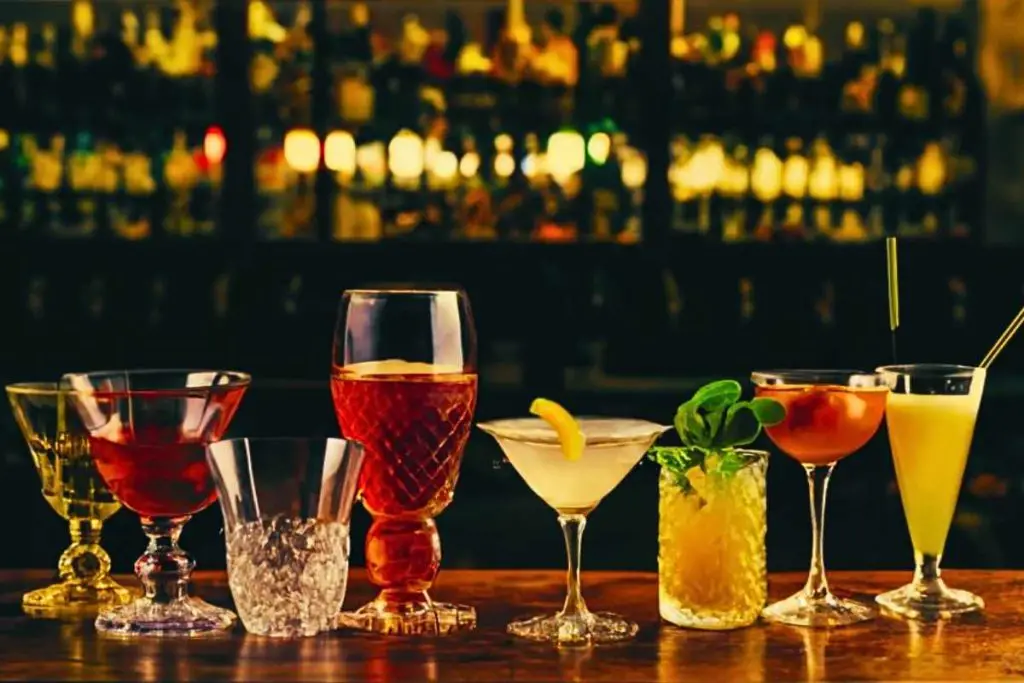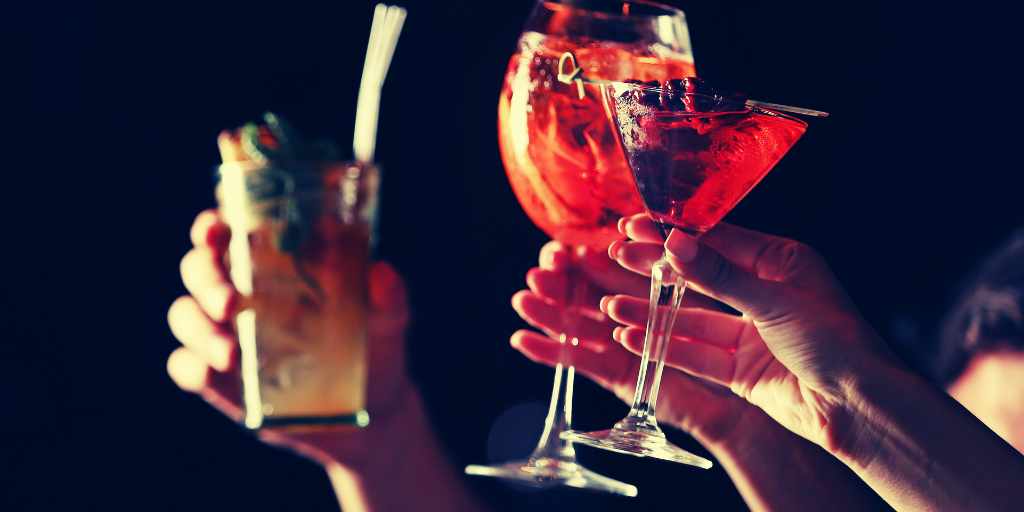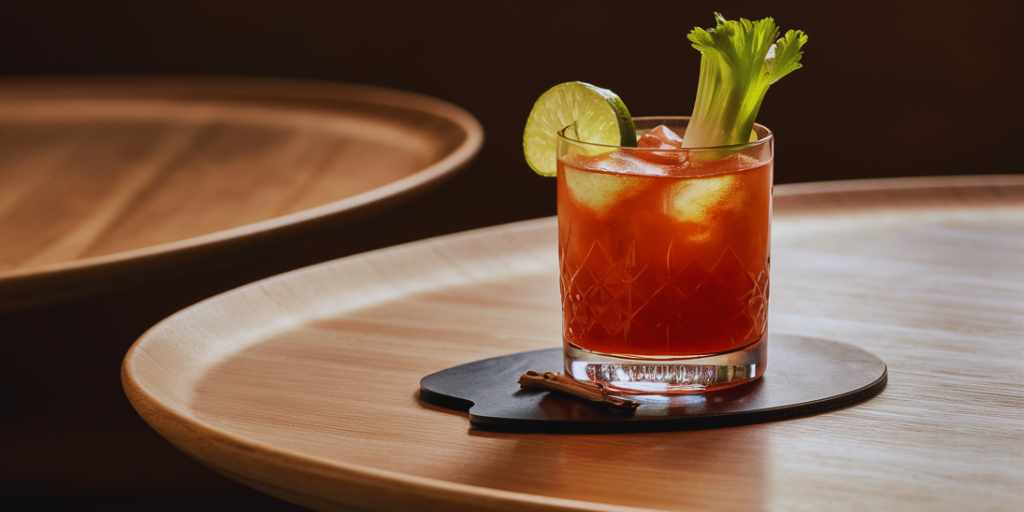When it comes to enjoying a favourite beverage, the glass it’s served in can enhance the experience tremendously. From the elegant contour of a wine glass to the robust form of a beer stein, the variety of glassware is specifically designed to complement different types of drinks. The right glass can preserve the carbonation of a sparkling refreshment, concentrate the aromas of a fine wine, or insulate the temperature of a hot drink, making the selection of an appropriate glass an important consideration for both connoisseurs and casual drinkers alike.
Key Takeaways
- The selection of glassware impacts a drink’s presentation, temperature, and taste.
- Understanding the design of glassware is key to enhancing the drinking experience.
- A knowledge of glassware essentials is beneficial for building a versatile collection.
Understanding Glassware Essentials
Selecting the correct glassware is not merely an aesthetic choice; it plays a critical role in enjoying a beverage. Key factors such as the material and quality of the glass, along with its shape and size, can significantly influence the drink’s taste, temperature, and aroma.
Materials and Quality
The material of a glass affects its durability, clarity, and thermal properties. Thick glass is often more durable, reducing the likelihood of breakage. For those seeking premium quality, crystal is renowned for its clarity and ability to enhance the sensory experience of a drink. Heat-resistant glass, such as borosilicate, can withstand temperature changes without shattering, making it ideal for both hot and cold beverages. When considering quality, one must assess:
- Durability: How well the glass resists chips and cracks.
- Clarity: The transparency of the glass that showcases the drink’s appearance.
- Insulation: The ability of the glass to maintain the beverage’s temperature.
Shapes and Sizes
The shape and size of the glassware are designed to complement specific drinks, optimizing the drinking experience. Wine glasses, for example, have stems to prevent hand warmth from affecting the drink’s temperature.
For cocktails, certain shapes are synonymous with specific drinks—the martini glass, with its wide brim and conical shape, enhances the aroma and allows for the perfect sip. Beer glasses, such as pints or steins, have ample space to accommodate a head of foam and often have thicker walls to maintain the beer’s temperature. Tumblers and highball glasses, though simpler in design, are versatile for various mixed drinks, with a wide rim to facilitate easy sipping.
When discussing sizes, consider:
- Capacity: The volume of the glass, typically measured in ounces.
- Rim diameter: Influences the delivery of the drink to the palate.
Here is a basic overview of glass types:
Glass Type Ideal Use Capacity Quality Traits Crystal Wine Glass Wine 10-22 oz Clear, thin, elegant Highball Mixed Drinks 8-12 oz Durable, versatile Borosilicate Coffee Mug Hot Beverages 8-16 oz Heat resistant, transparent
Selecting Glasses for Types of Drinks
Selecting an appropriate glass for a specific type of drink is essential to enhance the drinking experience. The right glass can affect the beverage’s flavour, aroma, and temperature.
Cocktails and Mixed Drinks
For cocktails and mixed drinks, the glass shape can play a critical role in the presentation and enjoyment of the drink. Martini glasses are a staple for drinks like the classic martini and cosmopolitan.
They have a wide, open rim, allowing the cocktail’s aroma to reach the nose, enhancing the flavour. Cocktail glasses come in various shapes like the Collins Glass, highball or lowball, ideal for mixed drinks served with ice, such as a gin and tonic or whiskey sour.
- Martini Glass: Traditionally for martinis, a wide rim emphasizes aroma.
- Highball Glass: Taller for drinks with mixers.
- Lowball Glass: Shorter for ‘on the rocks’ drinks, hence the name
Highball glasses are often used interchangeably with the Collins Glass, although the highball glass is shorter and wider in shape.
See this article for what drinks are typically served in a Collins Glass.
Lowball glasses are sometimes called a rocks glass or an Old Fashioned glass. These are all names for a short tumbler with a solid base that holds around 6 to 8 ounces.
Finally, you might come across the term “double old fashioned glass” (or DOF glass) which, as you might guess, holds 12–16 ounces.
Wine and Champagne
Wine glasses are designed to accentuate the characteristics of different wines. Red wines are best served in glasses with a broader bowl that allows the wine to breathe, enhancing flavours and aromas. White wine glasses tend to be more U-shaped and upright, allowing aromas to be released while maintaining a cooler temperature. Champagne flutes are tall and narrow to retain carbonation and direct the wine’s aroma to the nose.
- Red Wine Glass: Broad bowl for aeration.
- White Wine Glass: U-shaped bowl that preserves temperature.
- Champagne Flute Glass: Tall and narrow, retains carbonation.
Spirits and Liquors
For spirits and liquors, the glass choice is often about concentrating flavour and aroma. A Glencairn whisky glass is designed to concentrate the aromatics, making it ideal for a neat pour of whisky. Its bulbous shape lets the hands warm the spirit slightly, releasing more flavours. When serving spirits like brandy or cognac, a snifter with a wide bottom is beneficial as it provides ample surface area for the spirit to evaporate and focus its aroma.
- Glencairn Whisky Glass: Tulip shape, concentrates aroma.
- Brandy Snifter: Wide bowl for swirling and nosing.
Specialty Glasses for Specific Drinks
Selecting the right glassware enhances both the presentation and enjoyment of a beverage. Proper glasses can bring out flavours and aromas and are crafted to suit specific drinks, from an icy margarita to a steaming Irish coffee.
Serving Unique Cocktails
- Margarita Glasses: These wide-brimmed glasses provide ample space for salt rims essential to a margarita’s characteristic taste. A Margarita Glass holds 9 oz and comes in serval styles but has an overall height of 6.125″ and diameter of 4.5”.
- Hurricane Glasses: A curvaceous body designed for tropical drinks allows for plenty of ice and garnishes, making these ideal for colourful hurricane cocktails.
The Right Glass for Hot and Cold Drinks
- Irish Coffee Glasses: This clear, stemmed glass often features a handle and is tailored for layering hot coffee with Irish whiskey and cream.
- Mint Julep Cups: Traditionally made of pewter or silver, these cups maintain the cold temperature required for a refreshing julep.
- Champagne Saucers: The shallow, broad-bowled saucer allows bubbles to spread out, making them a choice for drinks like the champagne-based French 75.
- Hot Cocktails: Preferences vary, but glasses like the heatproof Irish coffee glass are staples, preserving warmth and showcasing layered concoctions.
- Iced Tea: Tall glasses, such as a slim highball, are typically used, offering plenty of room for ice to keep the drink chilled.
Building a Versatile Glassware Collection
In creating a well-rounded home bar, the right glassware is just as essential as the spirits themselves. This guide focuses on equipping a home bar with versatile glassware that serves both functional and aesthetic purposes.
Stocking Essentials for a Home Bar
Stemless Cocktail Glasses: These modern alternatives to traditional stemware are stylish and less prone to tipping over. Cocktail glasses are perfect for serving a variety of cocktails or even wine.
Old Fashioned Glass: A must-have for any home bar, this short and stout glass is ideal for spirits served neat or on the rocks and is the traditional choice for whiskey-based cocktails.
Highball Glass: For mixed drinks that require more volume, such as gin and tonics or mojitos, the highball glass is taller, with ample space for mixers and ice.
Pint Glasses: Versatile for beer, water, or even cocktails, pint glasses are casual and sturdy for everyday use.
When selecting cocktail glassware, consider both form and function to enhance the drinking experience. A well-stocked bar includes a variety of drinking vessels to accommodate a broad range of beverages and preferences.
Care and Maintenance
To ensure the longevity of your glassware:
- Always hand-wash delicate items to prevent chips or breakage.
- Use a mild detergent and avoid abrasive sponges when cleaning.
- Dry glassware thoroughly with a lint-free cloth to avoid water spots.
Proper care will keep your collection sparkling and ready for any occasion.

Frequently Asked Questions
Below are some common questions and straightforward answers to guide you in making an informed choice.
What factors should be considered when choosing the right glassware for various beverages?
When selecting glassware, consider the beverage’s type, the aroma it releases, the temperature it is served, and the occasion. For example, wider bowls are preferable for wines to enhance their bouquet.
Can the shape and style of drinkware impact the taste and presentation of a cocktail?
The shape and style of a glass can indeed affect the taste and presentation. For instance, a Martini glass allows the drink to stay chilled while the stem prevents hand warmth from altering the drink’s temperature.
What are the distinguishing features of a highball glass versus a rocks glass for serving drinks?
A highball glass is typically taller, suited for mixed drinks with more mixer than liquor, while a rocks glass is shorter, designed for drinks with larger liquor portions, often served over ice.
When should coupe cocktail glasses be used over a Nick and Nora glass?
Use a coupe glass for traditionally stirred or shaken cocktails without ice, as its broad shape discourages quick warming. Choose a Nick & Nora glass for more sophisticated, straight-up drinks, paying homage to classic cocktail aesthetics.
How does one select an appropriate cocktail glass for a specific type of drink?
Match the glass to the drink’s characteristics: cocktails that prioritize aroma should go into a glass that helps funnel the scent, and those best served cold in a stem glass to prevent warming. Review tips for choosing the right glasses for a detailed understanding.
What are the general guidelines for matching different types of drinking glasses with their respective uses?
A general rule is to match the strength and style of the beverage with the glass: delicate glasses for subtle drinks, sturdy mugs for robust ales, and so on. Always aim to match the glass to the drink’s needs for the optimal serving.




